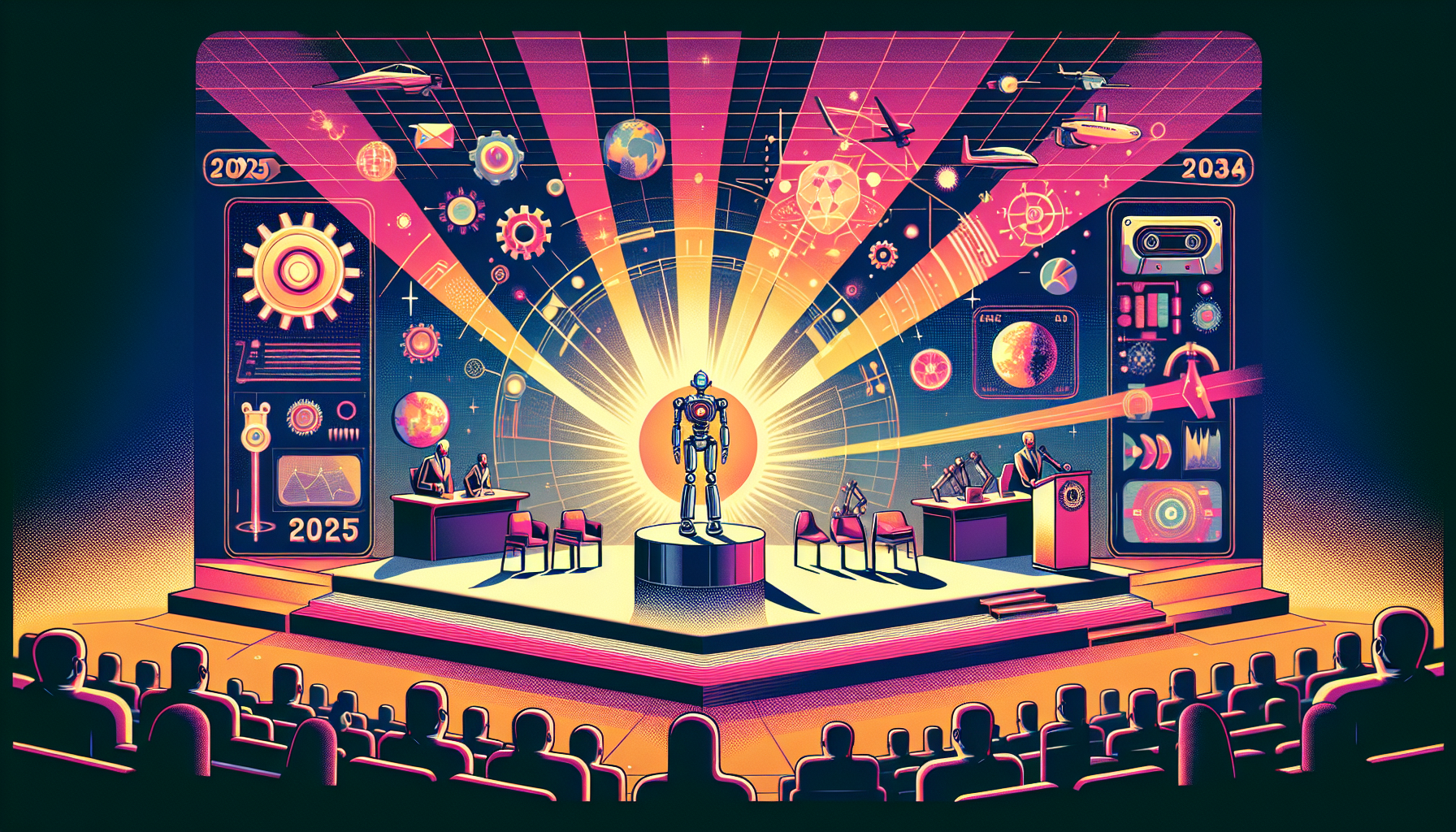At the 2025 IEEE International Conference on Robotics and Automation (ICRA) in Atlanta, the world witnessed a turning point in robotics and artificial intelligence. This celebrated gathering brought together leading minds from across the globe to explore new frontiers in technology. At the heart of the event, the United States unveiled its first synthetic AI robot, signaling a remarkable stride in the integration of AI with robotics. The presentation showcased some of the most refined advancements yet seen in the field, setting a new standard for what robots can achieve.
Tracing the Path of Innovation
The new synthetic AI robot is the result of years of dedicated research. It stands as a testament to the power of human curiosity and collective effort. Central to its design are features that let the robot sense, think, and move in ways that mirror the complexity of living beings.
- Tactile AI: This gives the robot an acute sense of touch. With tactile AI, the robot can handle fragile objects, feel the texture of surfaces, and respond to its environment with a gentle precision. Such sensitivity makes it possible for machines to assist in delicate tasks, from caring for patients to assembling fine electronics.
- Adaptive Motor Control: This feature allows the robot to move with smoothness and speed, adjusting its actions in real time. Whether it’s navigating through a crowded space or helping with intricate repairs, the robot learns and adapts with each movement, echoing the agility of a skilled human hand.
- Neural Interfaces: By integrating neural interfaces, the robot is designed to communicate with humans in a more natural way. It can interpret signals, respond to commands, and even anticipate needs, fostering cooperation between humans and machines. This connection brings us closer to seamless teamwork between people and robots.
Rising Competition on the World Stage
While the United States has taken a bold step forward, it faces strong competition. China is making rapid progress, particularly in the large-scale production and deployment of robots. Chinese companies, led by names such as Huawei and DJI, are focused on building versatile and cost-effective robots for agriculture, logistics, and security. Their approach is practical and ambitious, seeking to put robots in the hands of more industries and workers.
This strategic competition raises important questions. The US is driven by scientific exploration and careful development, while China accelerates access and adoption on a massive scale. Each path presents unique advantages and challenges, shaping the global future of robotics.
The Importance of Ethics in AI
The United States used ICRA 2025 to underscore the need for responsible and ethical AI. Conference speakers called for open and transparent development, focusing on fairness, safety, and respect for human values. This thoughtful approach stands in contrast to China’s model, where the emphasis is often on speed and efficiency, with less visible attention to ethical concerns.
The differing priorities reflect deeper perspectives on how technology should serve society. As robots become more widespread, these choices will influence not only industries but the daily lives of people everywhere.
Shaping Tomorrow
The evolutionary progress on display at ICRA 2025 is only the beginning. As technological achievements grow, so does the responsibility to guide them wisely. Both the US and China face the challenge of blending innovation with practical needs, ethics, and equitable access.
The boundless possibilities shown at the conference invite hope and careful reflection. The synthetic AI robot stands as a symbol of what is possible through vision and commitment. As nations and communities navigate the coming years, the advances made at ICRA 2025 will continue to shape the world, opening doors to a future where human ingenuity and artificial intelligence move forward together.

Leave a Reply